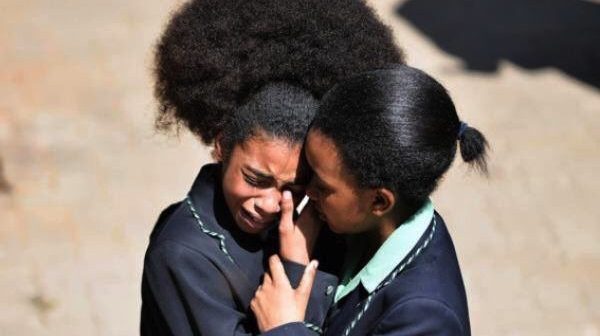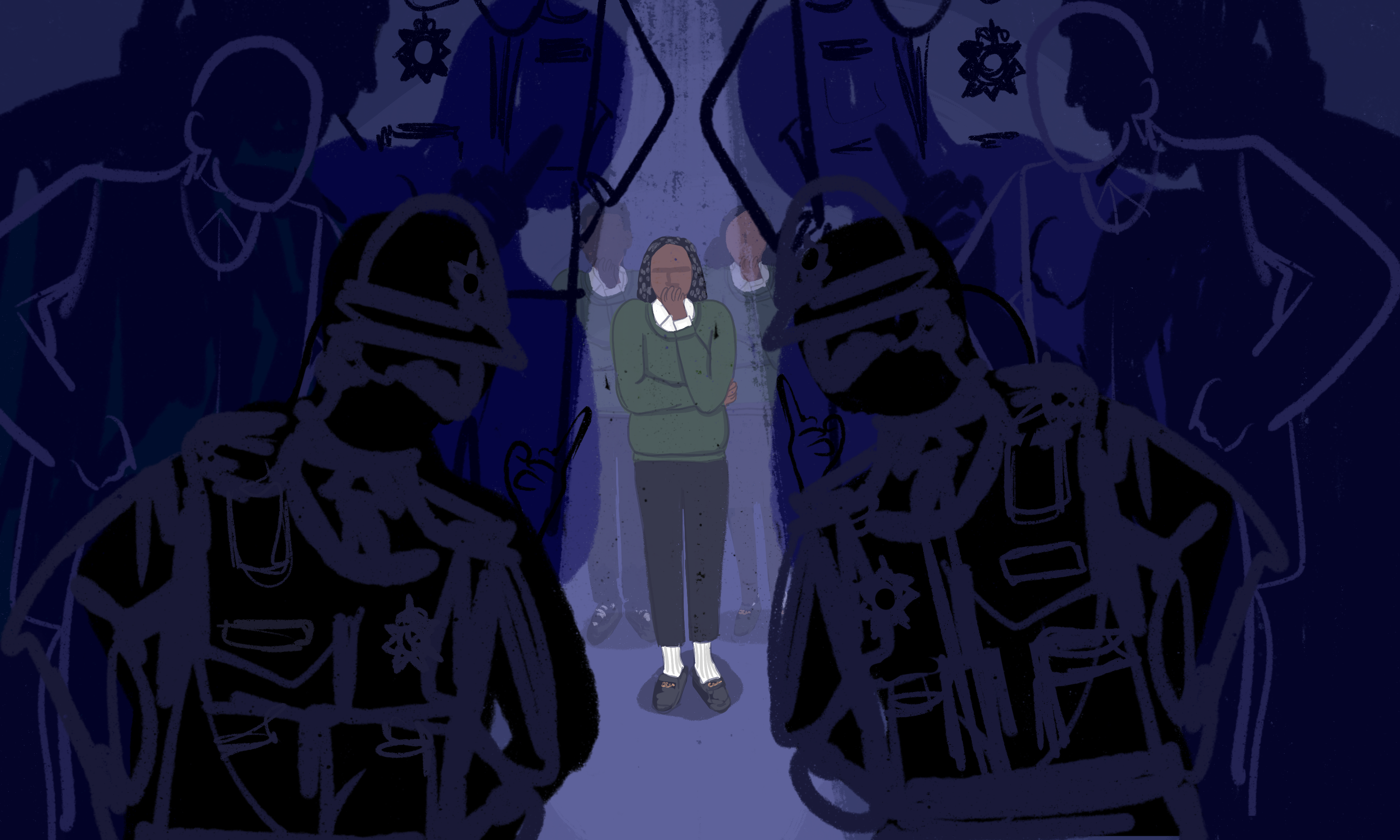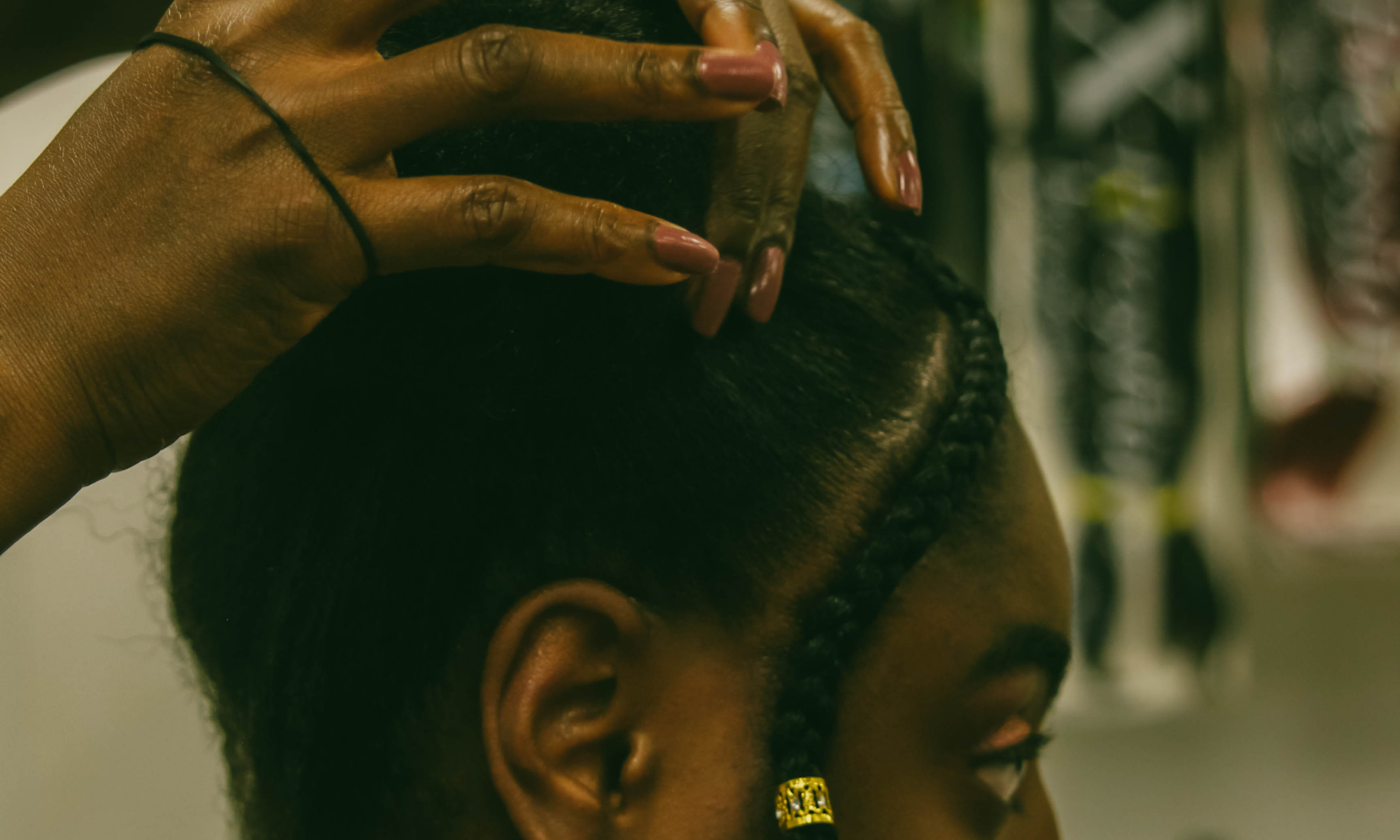
If there’s one thing 2016 has taught us, it is that even though the grass isn’t greener on the other side, it’s not all daffodils and roses over here either. This rings true when comparing police brutality in the U.S. to the UK, and more recently conversations and protests surrounding the complexities of black hair including the Pretoria Protest in South Africa.
During lunchtime on her first day back at Fulston Manor School earlier this month, 14-year-old Chyna Cowie-Sullivan was approached by a white male teacher whose face “lit up like someone had just brought him McDonalds”. The teacher told Chyna she had until the following Monday to remove her braids, as they are considered an “extreme hairstyle” and are against school policy.
Growing up as a black girl, getting your hair done for your first day back to school was always part of the academic year ritual. It was sandwiched between the naive notion that you’ll get your act together and be on top of homework and your optimistic view of “new year, new me”. You grew accustomed to starting the year with a brand new stationery set, maybe succeeded in convincing your parents to buying you a new pair of kickers, but probably best of all, it meant a new hairstyle.
Because let’s be honest, your pencil case could look sick, your shoes could be fresh but if your hair was even slightly off, nobody would ever let you live it down. So when, on Friday, September 2, Leanne Sullivan of Sittingbourne, Kent, started the seven hour process across the weekend to have Chyna’s hair ready for her first day of school the following Wednesday, she wasn’t anticipating the teacher’s reaction.
‘If your hair was even slightly off, nobody would ever let you live it down’
According to Fulston Manor’s website, “Extreme hairstyles are not permitted in school”. Examples of this include “non-natural hair colours, hair extensions, beading, braiding and cut shorter than No.2”. Considering their homepage displays the an image of a young black girl sporting braided extensions, this seems odd. Whilst it may be part of the policy, it begs the question: to whom is this rule applicable to?
“Because my daughter is lighter than a lot of the mixed girls around her, her blackness is questioned,” says Ms Sullivan. “I have friends and colleagues who assume because we are light-skinned we are somehow exempt from racism or racial discrimination.”
Fulston Manor’s head teacher, Alan Brookes, explains that braided hair has never been a problem within the school. “In the policy there’s a list of examples to be considered extreme hairstyles but it doesn’t mean they (students) will be challenged on all of them,” he says.
When asked why extensions and braiding was in the policy if it isn’t a strict rule, he continued: “It went on the policy around 1977 and has since fallen to disuse. Once this situation was brought to our attention we immediately said we would put it onto the first governor agenda to be reviewed, which happens to be next week.”
According to Ms Sullivan, Chyna has been bullied at school for the way she looks. She had her hair straightened and relaxed in order to fit in, but had done so to an extent that it damaged her hair.
“I have to rebraid the front of her hair everyday because it has become so weak. It actually needs to be cut so it can grow back healthy, but hairstyles lower than a No.2 aren’t allowed either,” she says. She proceeds to tell me that braiding was the only thing she could do to help her daughter’s hair growth.
This isn’t the first time regulation surrounding black hair has received backlash. In Pretoria Girls’ High School in South Africa, a similar hair policy has recently been suspended after mass protests. Last year, Bournemouth graduate Laura Odoffin had her job offer retracted, as her braided hairstyle did not meet the so-called “grooming requirements” of a company, and in 2011 a boy was excluded from St Gregory’s Catholic Science College in north London for having his hair in cornrows.
It’s unfortunate that in 2016, where it’s claimed we have made progress away from cultural discrimination, we still have to protest and fight for the right to be who we are – coils, braids and all.
‘Chyna has been bullied at school for the way she looks’
The question isn’t whether braids are against the policy or not, because clearly, they are. The real question is why is a rule that is clearly drenched in anti-blackness and ignorance part of any policy at all? Children spend 714 hours a year in school. Black girls are already drip fed through media what the standard of mainstream beauty is, and it appears that these same standards are reinforced within the walls of what should be a safe haven. If schools like Fulston Manor are going to pride themselves in being multicultural, then policies and attitudes from teachers need to reflect that.
Mr Brookes finished by saying that the has “ confidence the governors will make a sensible and rational decision”. Here’s hoping.
Since the incident Leanne Sullivan has taken to change.org in order to have the policy amended and has gained over 28,000 signatures. To show your support for a favourable outcome you can sign the petition here.










